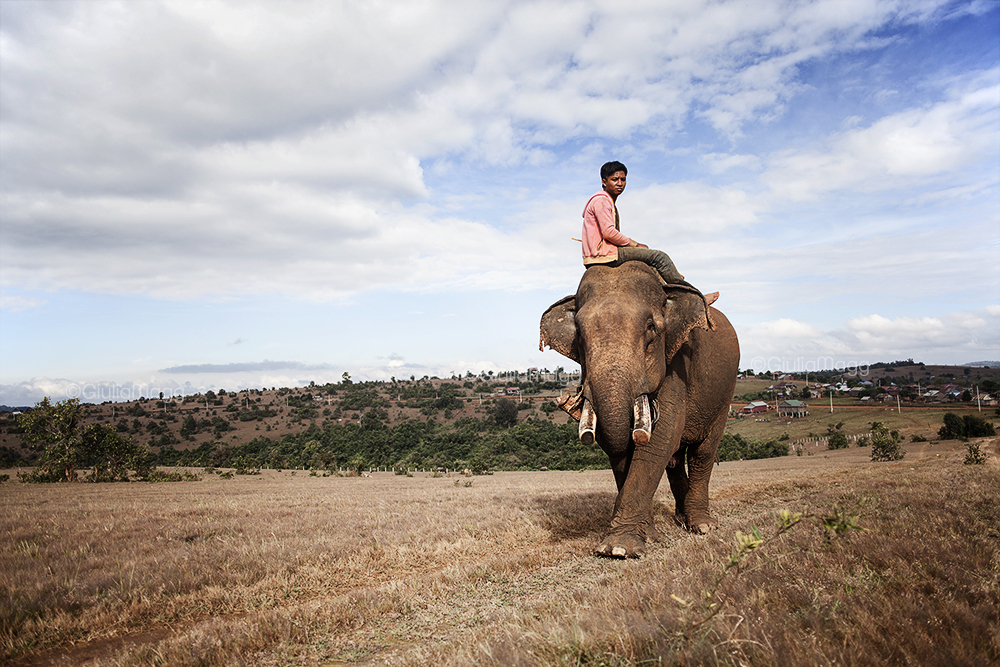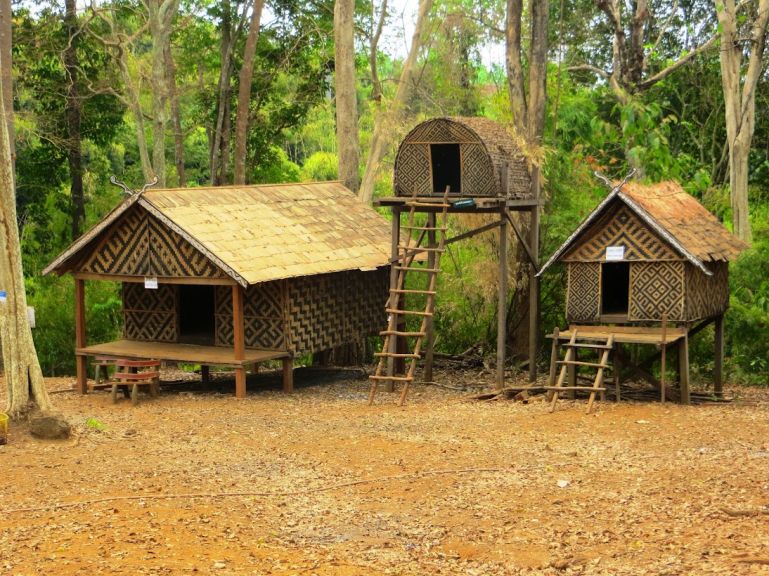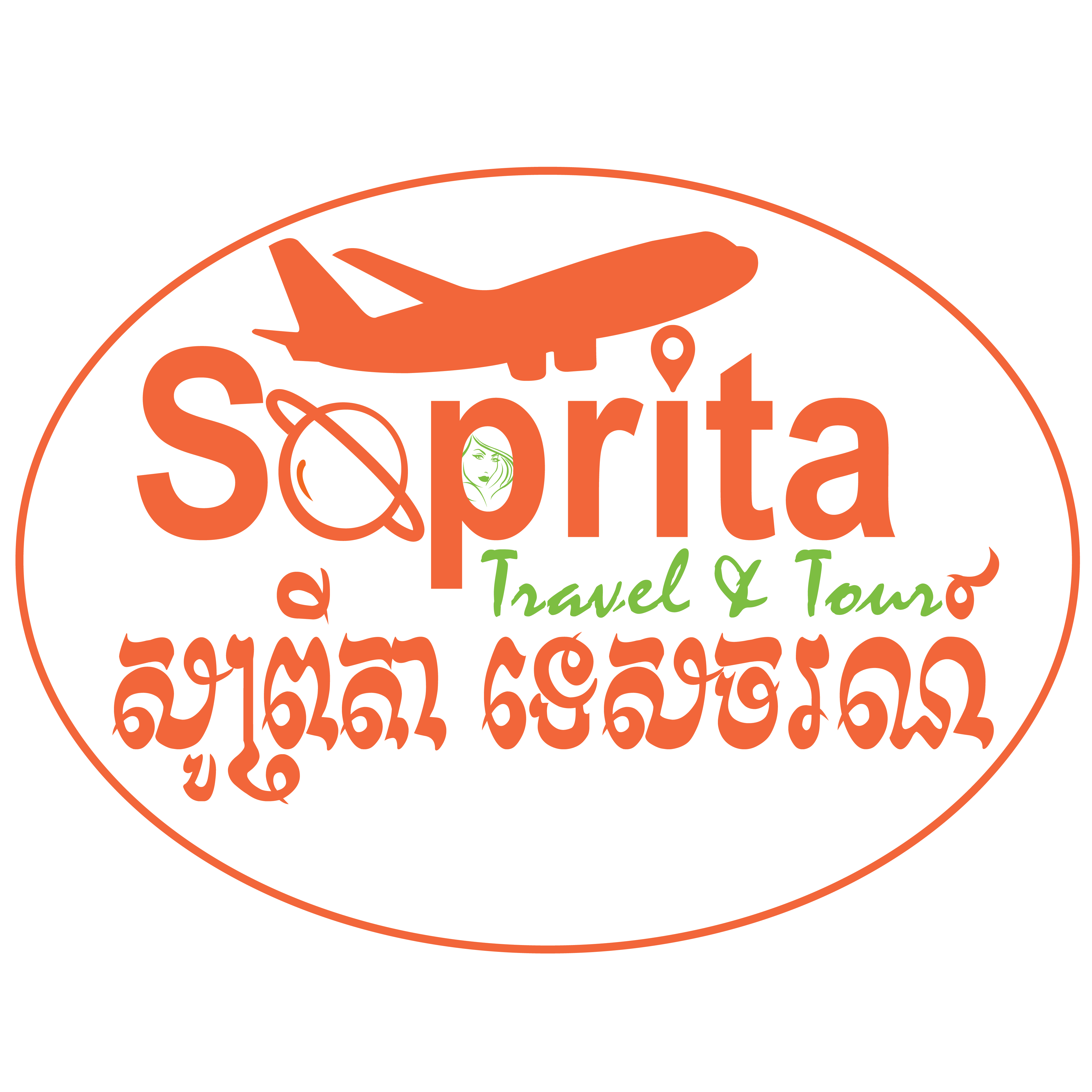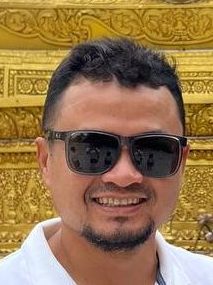


Ratanakiri is a stunning and remote province in northeastern Cambodia, known for its lush jungles, waterfalls, ethnic minority communities, and volcanic lakes. It’s a perfect destination for nature lovers, adventure seekers, and those looking to experience authentic rural life. Here’s a detailed guide to help you plan your trip to Ratanakiri:
Overview of Ratanakiri
Location: Ratanakiri is located in northeastern Cambodia, about 600 kilometers (373 miles) from Phnom Penh. The provincial capital is Banlung.
Meaning of the Name: “Ratanakiri” translates to “Mountain of Gems” in Khmer, reflecting its rich natural resources.
Best Time to Visit: The dry season (November to March) is ideal, as the weather is cooler and the roads are more accessible. The rainy season (May to October) offers lush green landscapes but can make travel more challenging.
How to Get There
From Phnom Penh: Take a bus, private car, or taxi (approx. 10-12 hours).
From Siem Reap: Buses or private cars are available (approx. 12-14 hours).
From Laos: The province shares a border with Laos, and the O Yadaw International Checkpoint is a major entry point.
Top Attractions in Ratanakiri
Yeak Laom Lake:
A stunning volcanic crater lake located about 5 kilometers (3 miles) from Banlung.
Surrounded by lush jungle, it’s a perfect spot for swimming, picnicking, and enjoying nature.
Visit the Yeak Laom Community Center to learn about the local ethnic minority communities.
Chaa Ong Waterfall:
A beautiful waterfall located about 8 kilometers (5 miles) from Banlung.
Offers a refreshing swimming spot and a peaceful atmosphere.
Kachang Waterfall:
Another scenic waterfall located about 9 kilometers (5.5 miles) from Banlung.
A great spot for swimming and photography.
Virachey National Park:
One of Cambodia’s largest and most remote national parks, offering trekking, wildlife spotting, and eco-tourism opportunities.
Home to rare species like elephants, tigers, and various bird species.
Lumphat Wildlife Sanctuary:
A protected area with dense forests, wildlife, and trekking opportunities.
A great destination for bird watching and nature enthusiasts.
Banlung Town:
The provincial capital and main base for exploring Ratanakiri.
A small, peaceful town with a few guesthouses, restaurants, and markets.
Visit the Banlung Market to experience daily life and shop for local products.
Ethnic Minority Villages:
Ratanakiri is home to several indigenous communities, including the Tampuan, Kreung, and Jarai people.
Visit their villages to learn about their traditions, handicrafts, and way of life.
Ou’Sean Lair Waterfall:
A multi-tiered waterfall located about 26 kilometers (16 miles) from Banlung.
Offers stunning views and a peaceful atmosphere.
Cultural Experiences
Ethnic Minority Culture: Learn about the traditions, music, and crafts of the Tampuan, Kreung, and Jarai people.
Local Markets: Explore the Banlung Market to experience daily life, sample street food, and shop for local products like coffee, honey, and handicrafts.
Festivals: If your visit coincides with a Cambodian festival (e.g., Khmer New Year or Pchum Ben), you’ll witness vibrant celebrations and rituals.
Outdoor Activities
Trekking: Explore the forests, hills, and waterfalls of Ratanakiri on guided treks. Popular routes include visits to waterfalls, ethnic villages, and wildlife spotting.
Swimming and Picnicking: Enjoy the natural pools at Yeak Laom Lake, Chaa Ong Waterfall, and Kachang Waterfall.
Wildlife Spotting: Visit protected areas like Virachey National Park and Lumphat Wildlife Sanctuary to spot rare animals and birds.
Motorbike Tours: Rent a motorbike and explore the province’s scenic roads and hidden gems.
Food and Dining
Local Dishes: Try Cambodian staples like amok (curry steamed in banana leaves), bai sach chrouk (grilled pork with rice), and nom banh chok (rice noodles with fish curry).
Ratanakiri Coffee: The province is famous for its high-quality coffee. Visit a coffee plantation to learn about the production process and sample fresh coffee.
Street Food: Sample snacks like grilled meats, fresh fruit, and sticky rice from local vendors.
Restaurants: Banlung has a variety of restaurants offering Khmer and international cuisine.
Accommodation
Budget: Guesthouses and homestays are widely available, offering affordable and authentic stays.
Mid-Range: Boutique hotels and small resorts provide comfortable accommodations with basic amenities.
Luxury: While luxury options are limited, some eco-lodges and resorts offer a more upscale experience.
Tips for Travelers
Transportation: Renting a motorbike or hiring a local guide with a 4×4 vehicle is the best way to explore Ratanakiri, as some roads can be rough.
Language: Khmer is the primary language, but basic English is understood in tourist areas. The ethnic minority communities may speak their own languages.
Currency: The Cambodian Riel (KHR) is the official currency, but US dollars are widely accepted.
Respect Local Customs: Dress modestly when visiting villages and always ask for permission before taking photos of people.
Nearby Attractions
Stung Treng: A nearby province known for its pristine rivers, waterfalls, and ecotourism opportunities.
Mondulkiri: Another northeastern province famous for its waterfalls, wildlife, and ethnic minority communities.
A trip to Ratanakiri offers a unique blend of adventure, nature, and cultural experiences, making it a rewarding destination for travelers seeking an authentic Cambodian experience. Let me know if you need more specific recommendations!
Contact us now to explore Cambodia!
Email: info@soprita.com
WhatsApp: +855 89 666 068


Leave a Reply